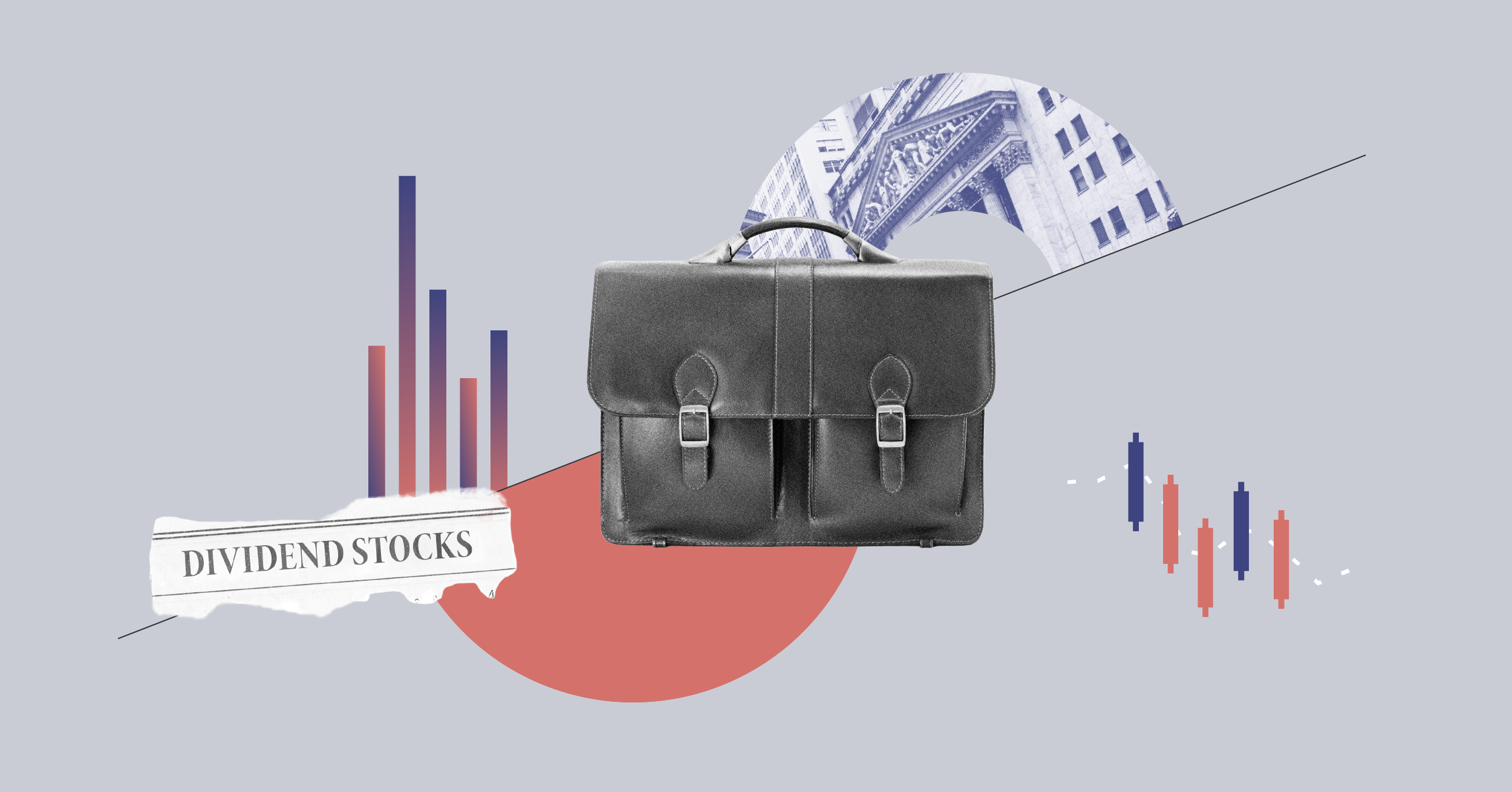1. Undefined Objectives and Priorities
If you have owned funds and/or individual equities or fixed-interest securities in your portfolio for a long time, it can be easy to forget that those investments are there to do a job. Investors frequently own shares to create capital appreciation over time and own bonds to generate income. You may not need to seek red-hot growth with the portion of your portfolio devoted to shares, but
you should make sure you've clearly defined your expectations.
2. Lack of Focus
If you find yourself staring at a long list of funds and aren't really sure why you own them, your portfolio probably lacks focus. For each goal you have identified, you should have a core group of three or four funds that are proven offerings. Simplify by focusing on a few funds that can deliver what you want and gradually add to the amount you've invested in them rather than adding more choices to your lineup.
A core holding should provide a solid foundation for the rest of your portfolio.
For cautious investors, a balanced fund (part bond and part shares) can play a key core role in the portfolio. On the fixed-income side, short- or intermediate-term funds with high credit quality make for conservative choices.
For more aggressive investors, a large-cap growth fund or perhaps even a
3. Too Many Extras
Use additional funds for diversification and growth potential. For instance, if your core is made up of large-cap funds, you might want to add mid-cap or small-cap funds for diversification. On the bond side of the portfolio, you may want to allocate a small portion to a racier fixed-income fund.
While you probably wouldn't want to put a significant portion of your portfolio in any one of these types of funds, they do allow for the possibility of higher returns. Of course, they also generally carry a higher level of risk. But as long as you limit the riskier portion of your portfolio, you aren't likely to threaten the bulk of your nest egg. And for some people, core funds may be all they ever need.
4. Loss of Balance
If you want to protect your portfolio by being defensive, you should think about balance. If you see something that "sticks out," you need to determine whether it still fits your risk profile. Imbalance can happen when some categories do very well or very poorly or when you have an over-concentrated position in any one company’s shares. You can use Morningstar's Portfolio Manager tool to help you gauge if your portfolio is out of balance.
Use the Instant X-Raytool to see how your portfolio is distributed among asset classes and investment styles (to use this tool on a portfolio you have already entered, go to the portfolio manager, then, on the light grey navigation bar, click on the icon of a folder with an "X" next to it.) It's worth noting that this tool does not simply make assumptions based on a fund's category or mandate--it looks through to the underlying holdings of each offering in your portfolio and shows you your aggregate exposures to individual equities, asset classes, regions, countries, and investment styles. If you hold more than 10% in any one stock, or if you have more than you expect in a region, asset class, or style, you may want to think about reducing that weighting.
5. Too Many Funds
Many investors know they have this problem--they just don't know what to do about it. Start by evaluating where the fund fits into your portfolio. Is it a core fund or not? If you intend it to be a core holding, do you have more assets invested in it than other non-core funds? Think about how you could reallocate some of your assets so that you would own fewer funds but have larger positions in the ones you keep.
6. Poor Choices Within Categories
What style are your funds? Do you see a pattern of owning too many funds in a particular Morningstar Category? Group your funds by style and make sure you have a good reason for holding so many in one category. If too many of your holdings use a similar approach and invest in the same kinds of stocks, keep the strongest and sell the weakest.
If you want some guidance on how your fund stacks up against the competition, take a check on our growing list of Analyst Reports, or use the Fund Screener or our newly revamped Fund Compare tool to see how your offerings stack up against the competition.
7. Focusing Too Much on Income
Many investors focus on income the exclusion of almost everything else. This can get you in trouble for a number of reasons. It can direct you to funds that are taking on more credit risk than you might be comfortable with. A yield-focus can also lead you to funds whose total return (income plus capital growth) is poor; since you need to both grow your capital investment and your income in a meaningful way, you could find yourself sorely disappointed with the results in the long-haul. The worst situation is when a fund pays income it can’t afford to—eroding its capital base and further limiting your return. It makes perfect sense to look at a fund’s income level, but it should never be the only measure that guides your investment decision.
8. Paying Too Much in Fees
If you have a choice between two similar funds, take the one with lower costs. And when looking at costs, use a fund’s total expense ratio (TER) as your measure, not the annual management charge (AMC). The AMC often leaves out key ongoing costs, and can dramatically understate the actual fees you are paying. Over time, the difference in performance between a fund with a 0.5% TER and a 2.0% TER can be enormous.
For example, say you invested £10,000 in a fund that gained 12% per year before expenses and carried a 0.5% expense ratio. Your friend invested £10,000 in a fund that also gained 12% per year before expenses, but his fund carried a 2.0% expense ratio. Twenty-five years later, you'd have nearly £45,000 more than your friend, simply because your fund's annual fees were lower. No matter what anyone tells you, costs matter. Ignore them at your peril.
9. Poorly Defined Sell Criteria
Most of us learn best by making mistakes--or losing money. After experiencing the market downturn in 2000-02, you have a much better idea of what losses feel like. You can put that information to good use by setting up your sell criteria. Try to quantify how much you can lose before you panic. Perhaps you can live with a 15% loss, but 20% is too much. Think about other criteria, too. What happens if a manager leaves a fund you own? Do you automatically sell, or does the fund go on a "watch" list? With what benchmarks do you intend to measure your funds? How long will you accept performance below a benchmark before you sell? Thinking through the answers to these types of questions up front can make the difference between successful investing and just drifting.
10. Reluctance to Seek Professional Help
Morningstar has always appealed to the do-it-yourself investor. But it pays to get professional guidance that focuses on your individual situation. Professional, fee-based advisers and financial planners should have the qualifications, tools and expertise to help ensure that you focus on the right issues in putting together your portfolio. They should also monitor your investment on an ongoing basis to ensure that it continues to meet your needs.
























